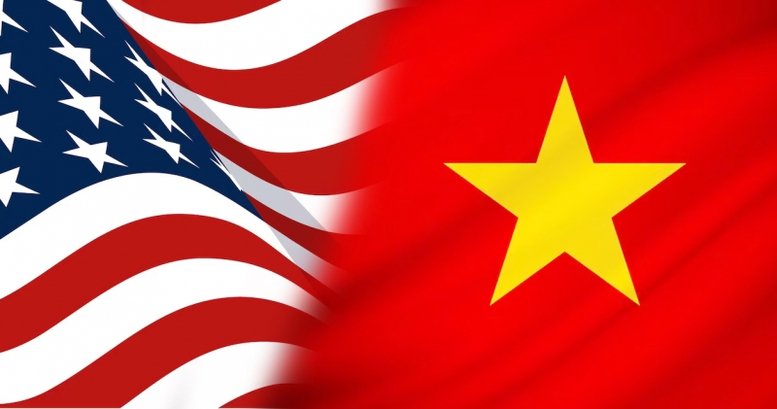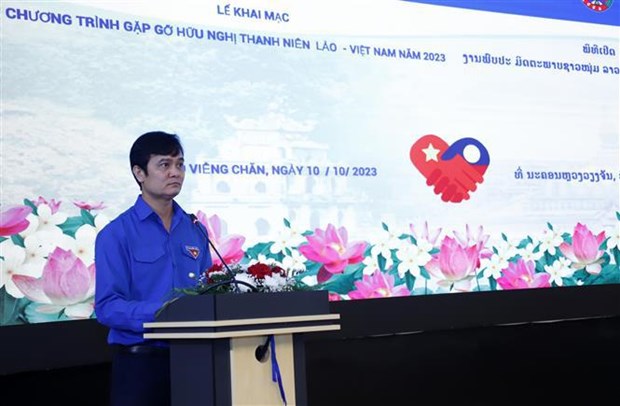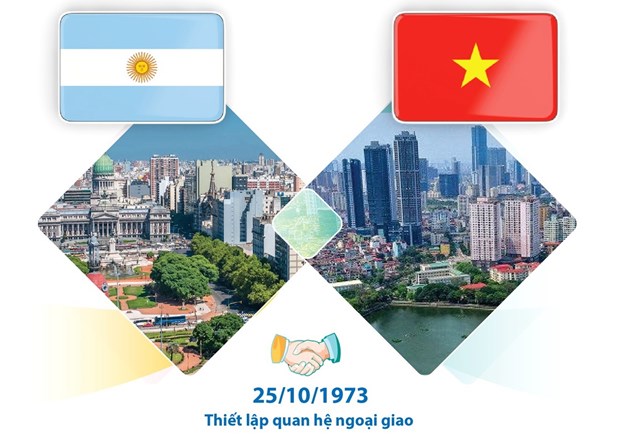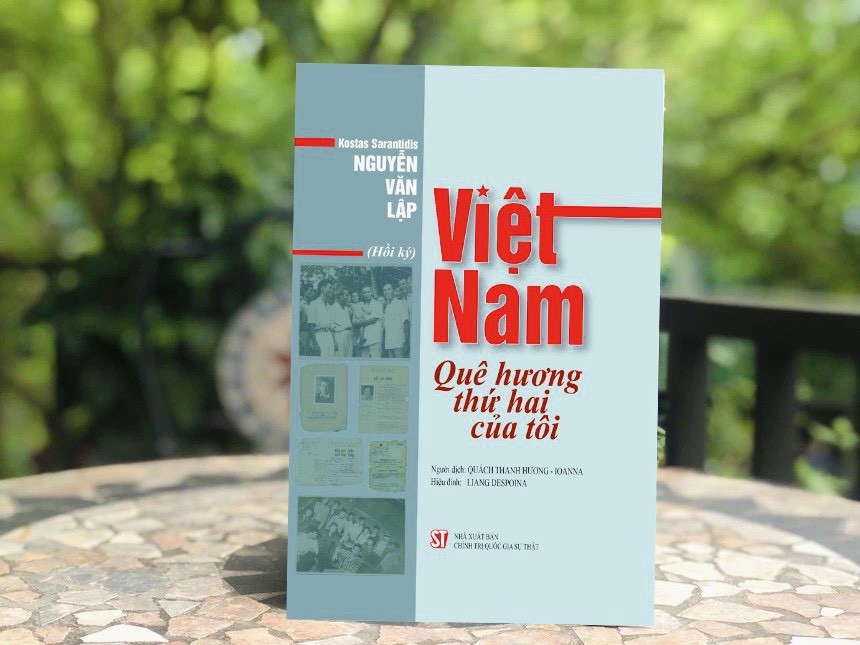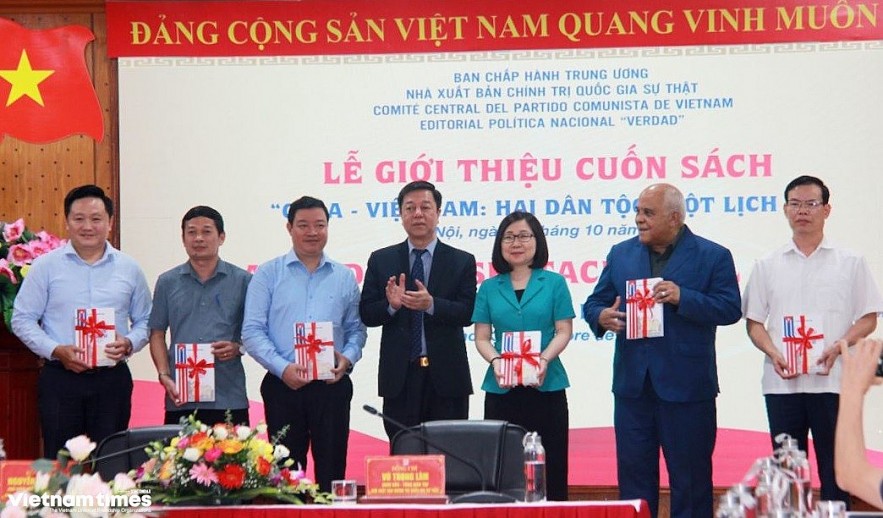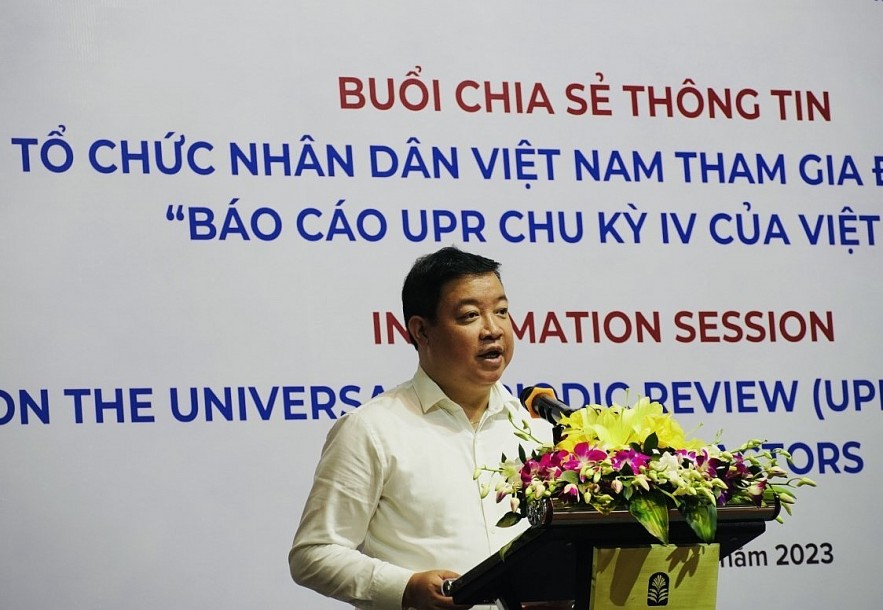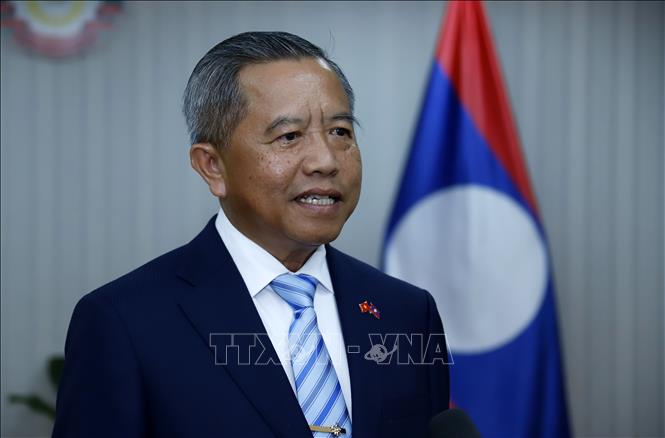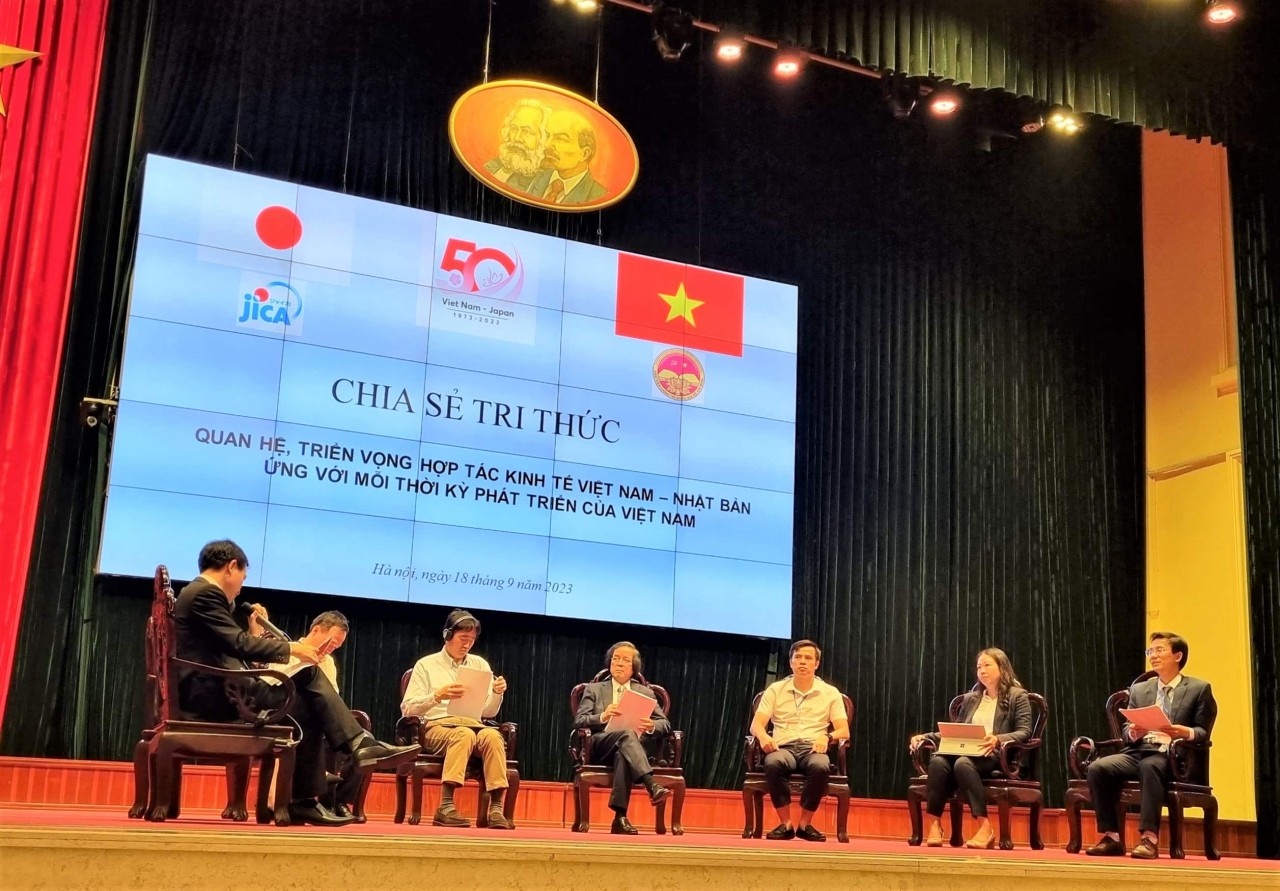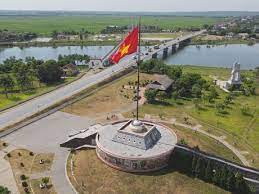

Vietnam and China, the two next-door neighbours who share a common set of mountains and rivers as well as striking similarities in culture and society, set up their diplomatic ties on January 18, 1950. They then elevated the ties to a Comprehensive Strategic Cooperative Partnership in 2008, the highest level in the Southeast Asian country’s international relations. China was also the first to form this level of cooperation with Vietnam.

Party General Secretary Nong Duc Manh and President Nguyen Minh Triet co-chair a welcome ceremony for Secretary of the Communist Party of China Hu Jintao on November 16, 2006. (Photo: VNA)
Comprehensive Strategic Cooperative Partnership deepened
Amidst the complicated developments in the region and the world caused by conflicts and the COVID-19 pandemic, political trust between the two Parties and States has been bolstered in recent years, thanks to regular high-level exchanges in flexible forms.
The official visit to China by Party General Secretary Nguyen Phu Trong from October 30 to November 2, 2022 has contributed greatly to promoting the Vietnam – China solidarity and traditional friendship, while deepening their Comprehensive Strategic Cooperative Partnership in the new era.

Prime Minister Pham Minh Chinh attends the 14th Annual Meeting of the New Champions of the World Economic Forum in Tianjin. (Photo: VNA)
Meanwhile, Prime Minister Pham Minh Chinh made his first official visit to the country and attended the 14th Annual Meeting of the New Champions of the World Economic Forum in Tianjin from June 25 to 28 this year. The visit took place as both nations are celebrating the 15th anniversary of the Comprehensive Strategic Cooperative Partnership (June 2008-June 2023).
The visit was aimed at concretising the common perceptions reached by the General Secretaries of the two Parties, especially the joint statement on further strengthening and deepening the Vietnam-China Comprehensive Strategic Cooperative Partnership released in November last year.
The two sides reached consensus on specific measures to enhance their cooperation across the fields, laying important foundations to boost bilateral ties in the time ahead.
The visits have helped define strategic orientations, create an impetus and ensure political commitment for the stable and healthy development of the bilateral ties. Besides, leaders of central Party agencies have also maintained regular contact in various forms.
At multilateral forums, particularly the ASEAN and the United Nations, Vietnam and China have joined hands to promote peace, stability and cooperation in the region and the world.
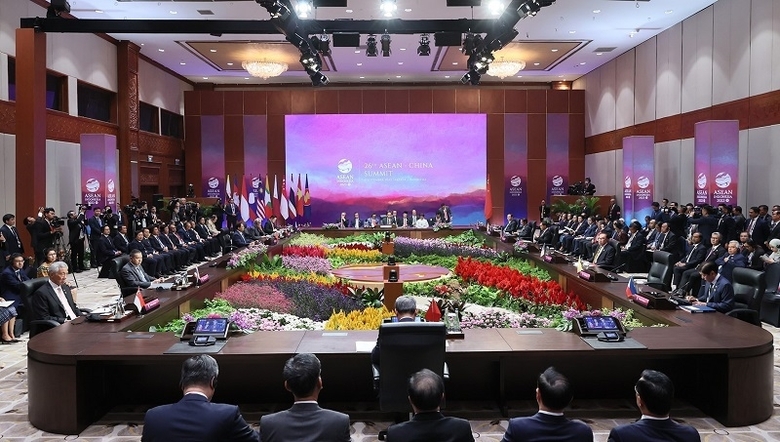
At the 26th ASEAN – China Summit held in the framework of the 43rd ASEAN Summit in Jakarta (Photo: VNA)
Robust cooperation across economy, trade, investment
A fruitful political cooperation between the two nations built on their Comprehensive Strategic Cooperative Partnership has laid foundation and create momentum to branch out bilateral economic ties, especially two-way trade.
Cooperation mechanisms, held regularly, have helped remove bottlenecks in the trade ties, enabling the bilateral economic cooperation to develop in a more balanced and sustainable manner.

At the 26th ASEAN – China Summit in Jakarta (Photo: VNA)
Trade has always been a bright spot in bilateral ties. Vietnam continues to be the largest ASEAN trading partner of China, and the fourth largest in the world, after the US, Japan and the Republic of Korea.
Last year, two-way trade hit 175.6 billion USD, up 5.5% year-on-year. During the first seven months of 2023, the trade turnover fell 12% year-on-year to 89.1 billion USD. Vietnam’s trade deficit with China was 27.4 billion USD in the period, down by 34.2% from the same time last year.

As for investment, China ranks sixth among the countries and territories with investment in Vietnam, with 3,791 valid projects capitalised at more than 25 billion USD as of June 20, 2023.
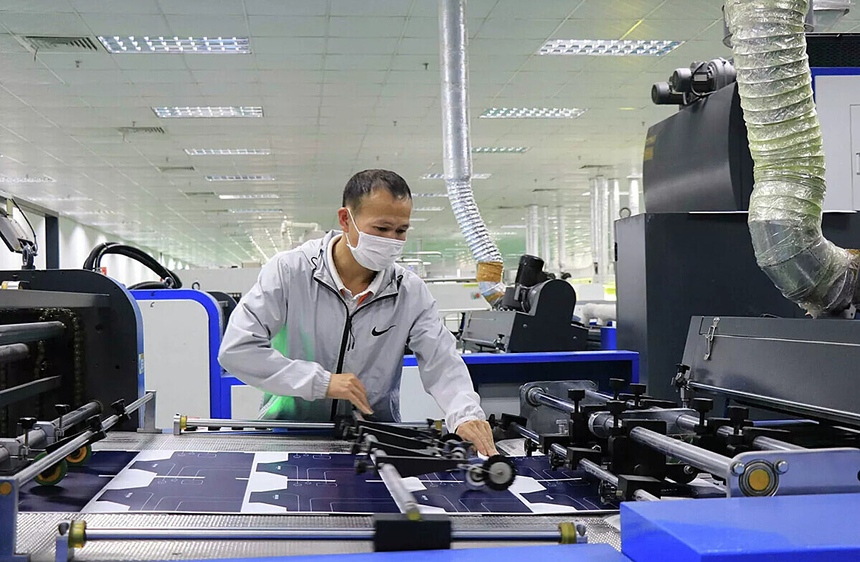
As of June 20, 2023, China had 3,791 valid projects worth over 25 billion USD in Vietnam. (Photo: VNA)
China had been the largest source of visitors to Vietnam for many years before the COVID-19 pandemic broke out. In 2019, Vietnam welcomed more than 5.8 million Chinese visitors, a third of the total foreign arrivals to the nation.
The Chinese Government’s decision to add Vietnam into the list of countries that can receive groups of Chinese tourists from March 15 helped promote the recovery and development of tourism and people-to-people exchanges between the two countries.
In August, Vietnam greeted more than 212,000 Chinese visitors, a month-on-month surge of 117%, bring the total number of Chinese arrivals to Vietnam in eight months to nearly 950,000.
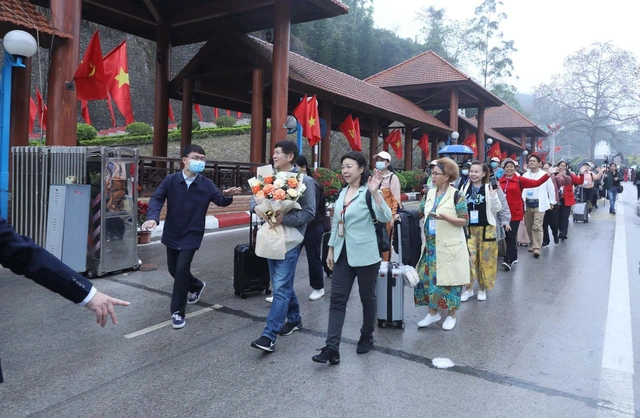
In August, Vietnam greeted more than 212,000 Chinese visitors, a month-on-month surge of 117%. (Photo: tuoitre.vn)
Additionally, cooperation across culture, education and people-to-people exchanges, especially exchanges between youths, has developed profoundly in recent years, helping with better mutual understanding, as well as tightening the friendship between the two Parties, States, and peoples.
Prime Minister Pham Minh Chinh’s leading of a Vietnamese delegation to the 20th China – ASEAN Expo (CAEXPO) and the China – ASEAN Business and Investment Summit (CABIS) in Nanning city, Guangxi province, from September 16-17 manifests the attaching of importance by both countries to their relations of friendship and the relations between Vietnamese localities and businesses and Guangxi province.

The China – ASEAN Expo (CAEXPO) is an opportunity for Vietnamese enterprises to popularise their products in the Chinese market.
CAEXPO and CABIS, co-organised by China and ASEAN in Nanning city, are among the 10 leading exhibitions of China. Vietnamese Government leaders have been present at the annual events for years, and Vietnam has the largest number of booths and exhibitors among ASEAN participants./.
Q.Hoa t.h / VNA

